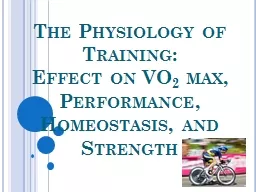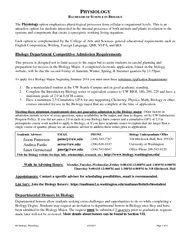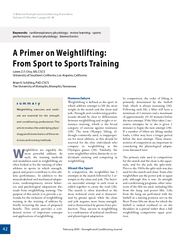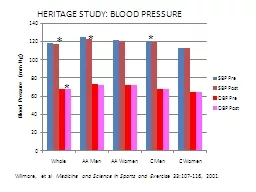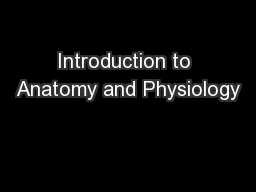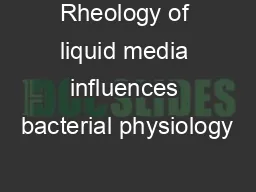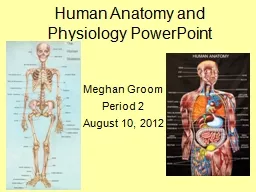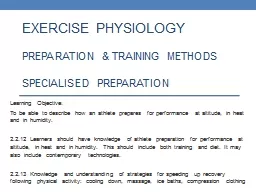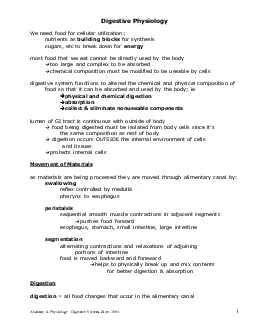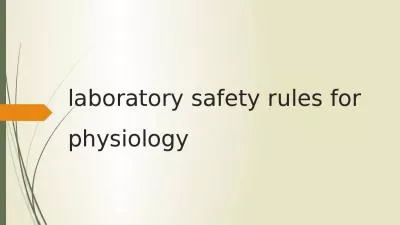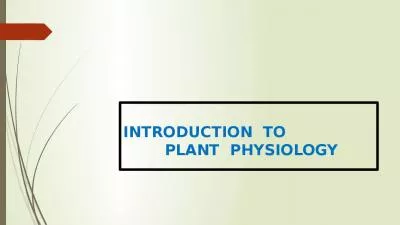PPT-The Physiology of Training:
Author : mitsue-stanley | Published Date : 2020-04-06
Effect on VO 2 max Performance Homeostasis and Strength Exercise A Challenge to Homeostasis Principles of Training 1 Overload Training effect occurs when a system
Presentation Embed Code
Download Presentation
Download Presentation The PPT/PDF document " The Physiology of Training: " is the property of its rightful owner. Permission is granted to download and print the materials on this website for personal, non-commercial use only, and to display it on your personal computer provided you do not modify the materials and that you retain all copyright notices contained in the materials. By downloading content from our website, you accept the terms of this agreement.
The Physiology of Training: : Transcript
Download Rules Of Document
" The Physiology of Training: "The content belongs to its owner. You may download and print it for personal use, without modification, and keep all copyright notices. By downloading, you agree to these terms.
Related Documents

